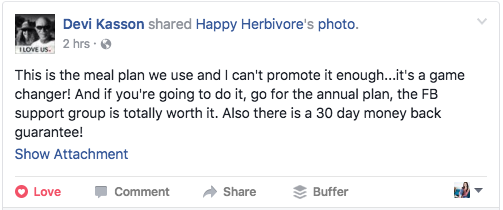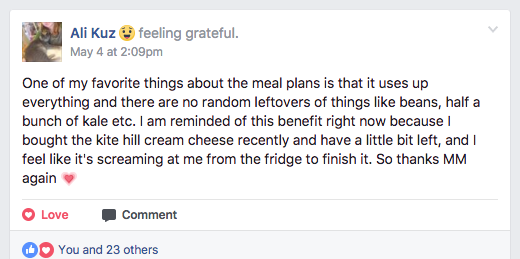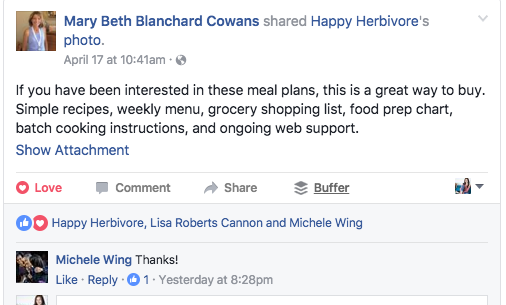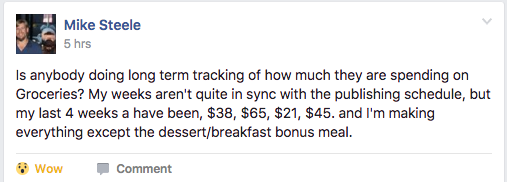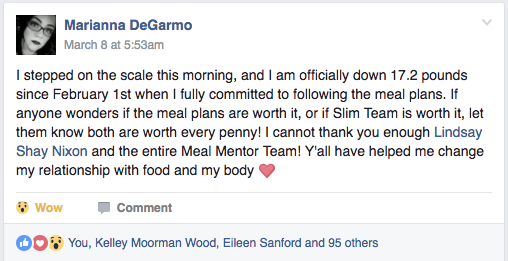Want to create your own meal plans from scratch using your favorite recipes?
Here's the EXACT process I use.
I've been meal planning professionally for five years :) Download a free sample here.
Meal planning is the critical component to good health and weight-loss success. It also reduces weeknight “what’s for dinner?” stress and saves you buckets of money when you eliminate impulse purchasing and food waste!
BEGINNERS GUIDE TO VEGAN MEAL PLANNING
Step 1.
Write the days of the week across the top of a piece of paper. Check your calendar for a quick inventory of everyone’s upcoming week so you can get a rough idea of how many meals (and what kind of meals—i.e. do they need to be "portable" for work lunch) you will need throughout the week.
Step 2.
Select a handful of recipes from your favorite cookbooks or scan for ideas online.
Avoid recipes with long cook times, heavy duty prep, “exotic” ingredients, or out-of-season produce. Recipes that can be made ahead and reheated or assembled later are ideal.
Step 3.
Look at serving sizes to make sure you have enough to feed yourself and/or your family and if you will have any leftovers. If so, how many meals worth? Use that to reduce or add more recipes, or consider doubling or tripling if you don't mind eating the same food.
If it’s too much food, save 1-2 recipes for next week.
Step 4.
Write a shopping list for all the ingredients you need to make the recipes, grouping similar items together (i.e. all frozen items, or all canned items).
Step 5.
Identify any ingredient leftovers, i.e. are you only using half a can of tomato sauce?
Find a recipe to utilize any leftover ingredients if those ingredients can’t be frozen.
This is the worst part of the process. You often have to start all over or put aside one recipe for next week so you can swap in another recipe to use the ingredients.
Upside: Selecting recipes with similar ingredients will minimize how much you buy, too.
Step 5.5
Make sure the recipes you picked use ingredients that are in season. It sucks when you go to a store and discover they don't have butternut squash right now. Most US grocery stores carry everything year round but some stores do only stock some things seasonally (this is especially true of Trader Joes) and you'll avoid a wave of frustration with this extra step.
Step 6.
Check your fridge, freezer, and pantry for inventory, crossing any items you already have on hand off your shopping list.
Step 7.
Go shopping!
Pro Tip: If you plan to cook ahead, leave your groceries in the bags. Don't bother unpacking them. Pull the bags out when you're ready to batch cook.
Step 8.
Cook a few meals ahead for fast weeknight reheating. Alternatively, prep some of the components such as chopping your veggies and storing them together in a container to reduce cook time on busy weeknights.
Step 9.
Write a chart detailing what meal you are having what day and post it to the fridge.
Step 10.
Follow the meal plan you created!
Step 11.
Use these 10 steps again at the end of the week when it’s time to make a new plan.
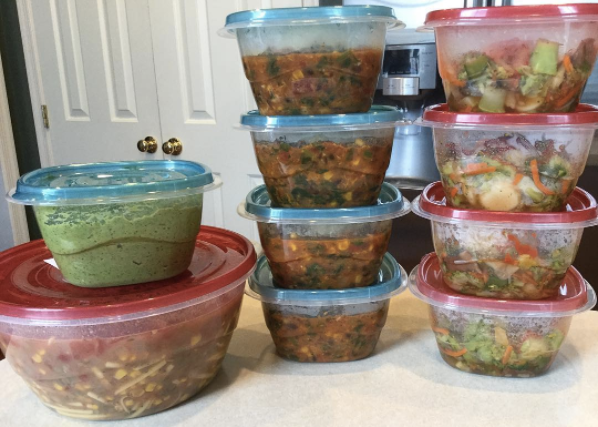
Need simpler? Easier?
Take a giant shortcut and let Meal Mentor do everything for you.
Sign-up right here and eat the way you want to without the brain fatigue.
Print your weekly meal plan and prepared shopping list and GO!
No guessing. No hassle. No stress.
All the work is done for you.
And with all the time saved by not scouring the internet for ideas, calorie counting, and figuring out what to do with leftovers, you can go read a book or take a nap. Oh man, naps! Naps are the best.
